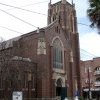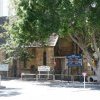A well known aboriginal chief named Thomas Booker died at Noraville, Brisbane Water at the 6th instant and was buried in the Church of England Cemetery at Nora on the following day. His remains were placed in a neat coffin, and in accordance with the native custom, all his goods and chattels were buried with him, consisting of hat, coats, cap, blanket, pipes, boo’s, trousers, gloves, shot and match box, belt and money. The above inventory cuts but a sorry figure as compared to the treasures buried by the late Queen Itasoherina of Madagascar, as reported in this journal a few days since. Of the once powerful and numerous tribe of the Brisbane Water district, five only remain – three males and two females. The deceased was probably under forty years of age. Drink and exposure as in most cases of Aboriginals were the cause of death, accelerated by the visit to Sydney to do honour to H.R.H the Duke of Edinburgh. Booker was well known to many gentlemen in Sydney who take an interest in the aborigines. It is highly probable, had his early associations been different, and had he been properly educated, that he would have been a man of mark, being possessed of great natural ability and cleverness. In committing his body to the earth, we were forcibly reminded of the text. “To whom much has been given, from him much shall be required; and to whom little has been given, from him little shall be expected,” and from the fact that we all shall be judged by the light that is in us. In closing this brief notice, we would willingly engrave this good deed on brass, and write the others in the sands of the sea shore. 14th August, 1868 – communicated.
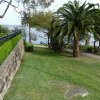
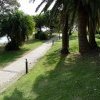
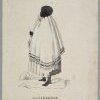

 Trudy Smith, Lynette Robley, Reta Smith, Margaret Robinson, Tracey Howie.thumbnail.JPG)
